Haris Pervaiz
Opportunities for Intelligent Reflecting Surfaces in 6G-Empowered V2X Communications
Oct 02, 2022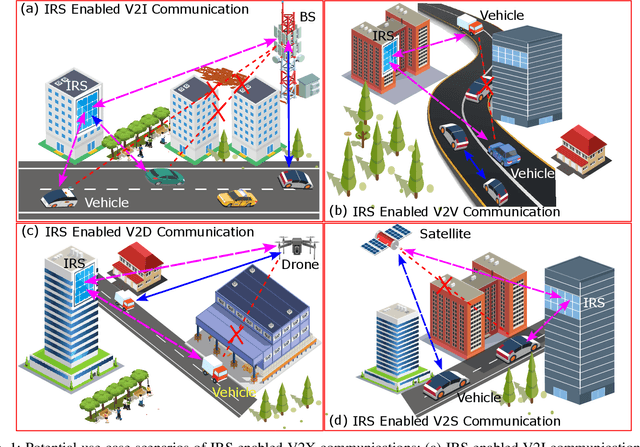
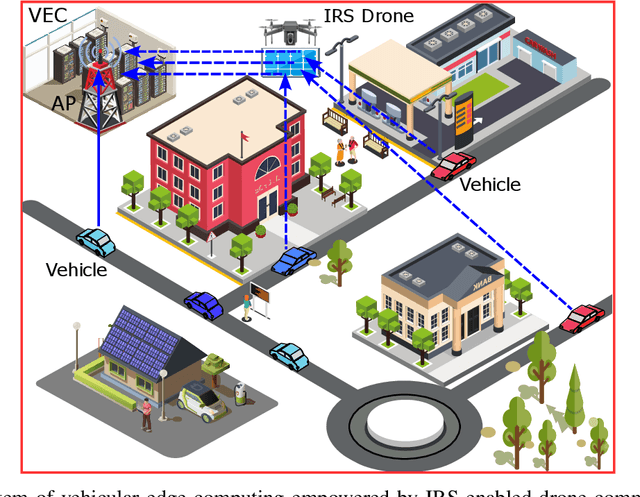

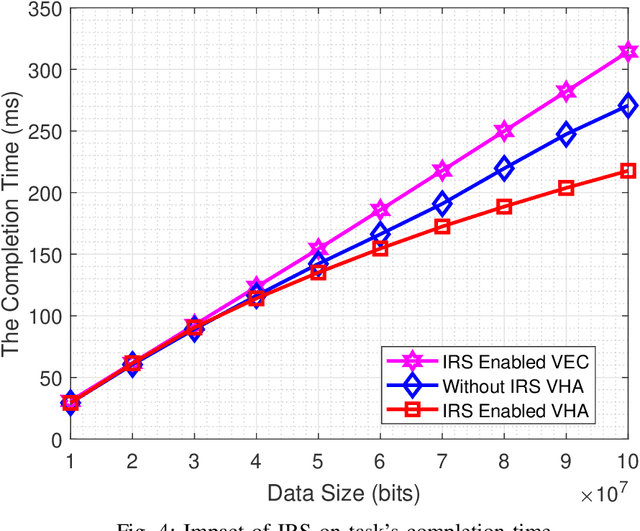
Abstract:This paper first describes the introduction of 6G-empowered V2X communications and IRS technology. Then it discusses different use case scenarios of IRS enabled V2X communications and reports recent advances in the existing literature. Next, we focus our attention on the scenario of vehicular edge computing involving IRS enabled drone communications in order to reduce vehicle computational time via optimal computational and communication resource allocation. At the end, this paper highlights current challenges and discusses future perspectives of IRS enabled V2X communications in order to improve current work and spark new ideas.
Reconfigurable Intelligent Surfaces: Potentials, Applications, and Challenges for 6G Wireless Networks
Jul 12, 2021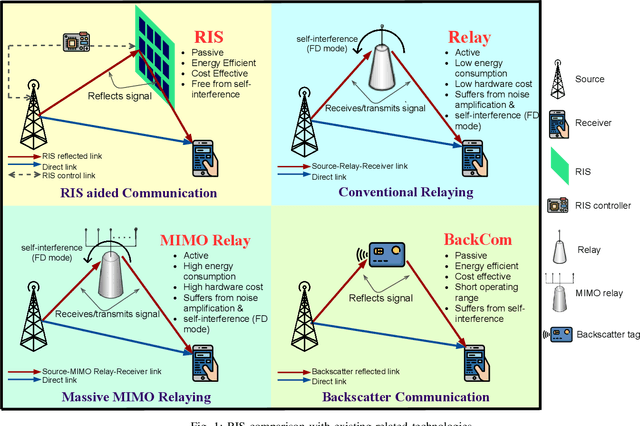
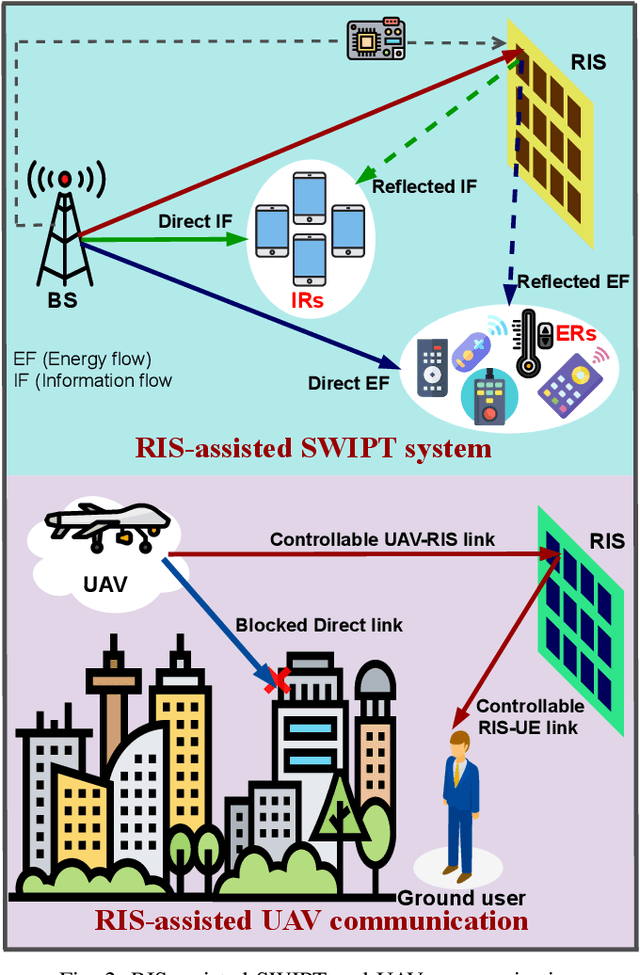
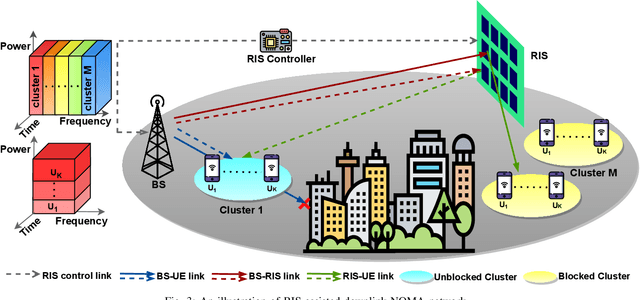
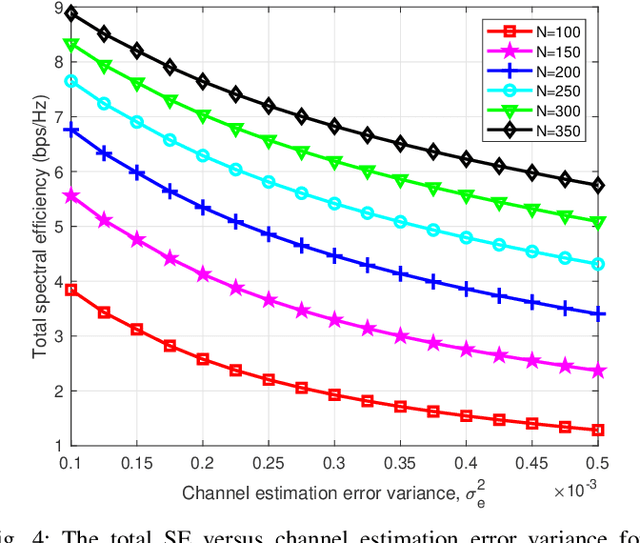
Abstract:Reconfigurable intelligent surfaces (RISs), with the potential to realize a smart radio environment, have emerged as an energy-efficient and a cost-effective technology to support the services and demands foreseen for coming decades. By leveraging a large number of low-cost passive reflecting elements, RISs introduce a phase-shift in the impinging signal to create a favorable propagation channel between the transmitter and the receiver.~\textcolor{black}{In this article, we provide a tutorial overview of RISs for sixth-generation (6G) wireless networks. Specifically, we present a comprehensive discussion on performance gains that can be achieved by integrating RISs with emerging communication technologies. We address the practical implementation of RIS-assisted networks and expose the crucial challenges, including the RIS reconfiguration, deployment and size optimization, and channel estimation. Furthermore, we explore the integration of RIS and non-orthogonal multiple access (NOMA) under imperfect channel state information (CSI). Our numerical results illustrate the importance of better channel estimation in RIS-assisted networks and indicate the various factors that impact the size of RIS. Finally, we present promising future research directions for realizing RIS-assisted networks in 6G communication.
 Add to Chrome
Add to Chrome Add to Firefox
Add to Firefox Add to Edge
Add to Edge